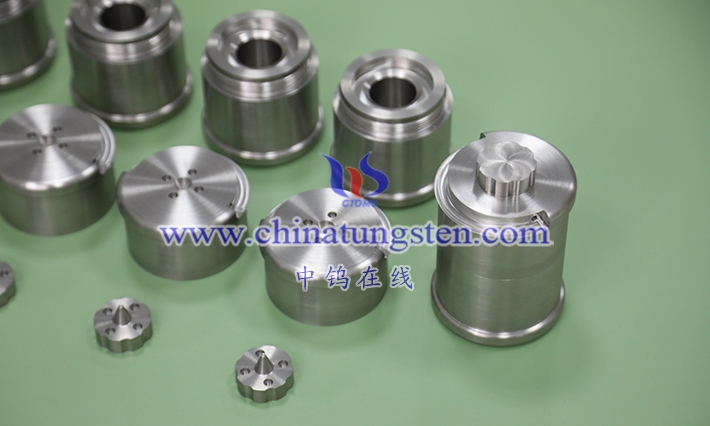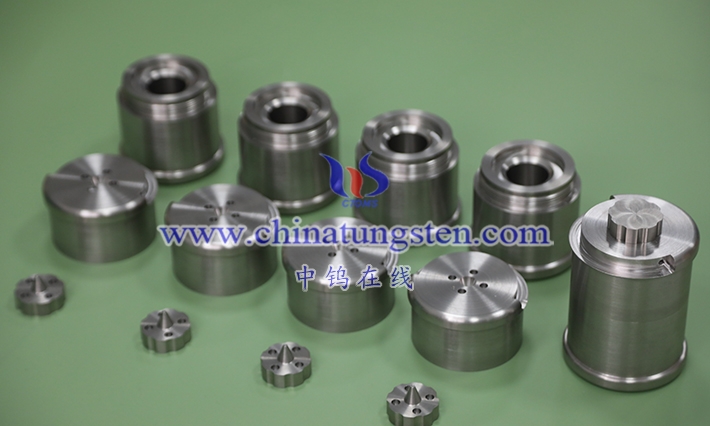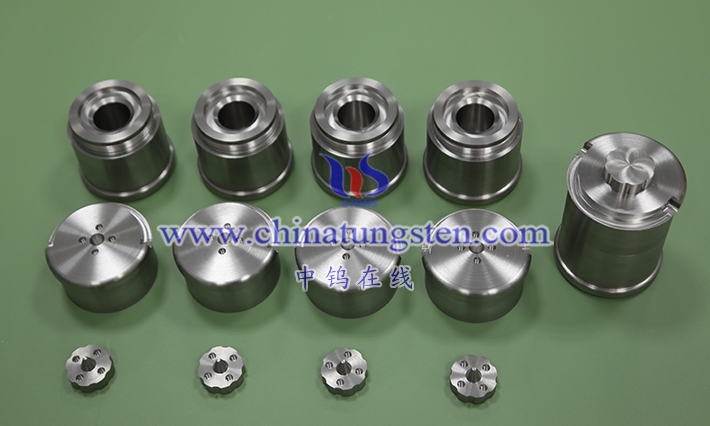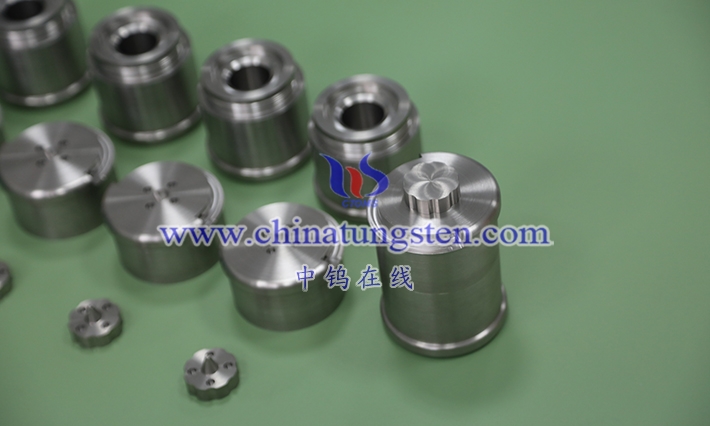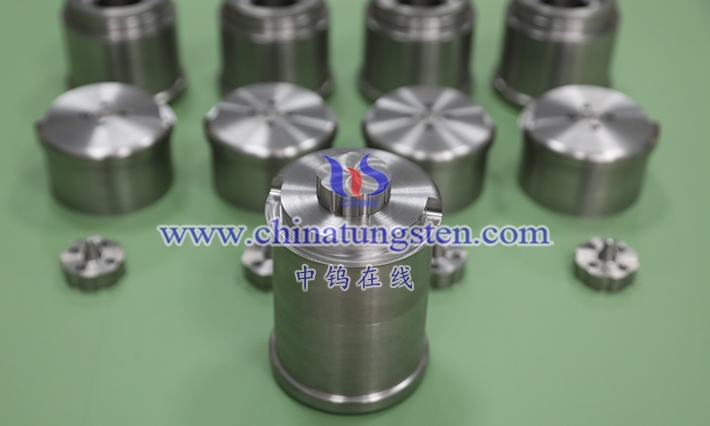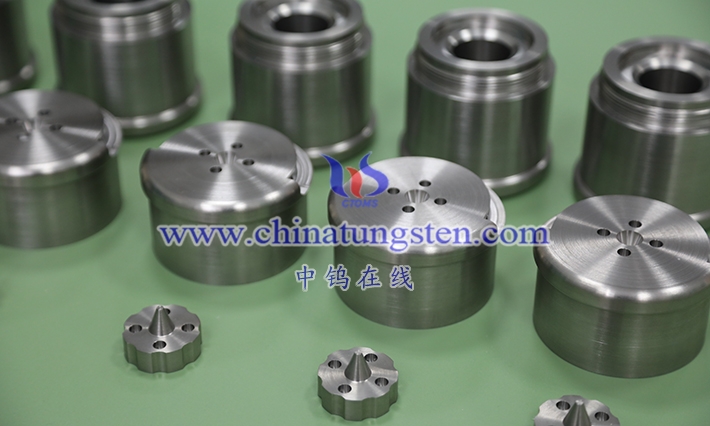
The phase transformation temperature of high-density alloys can be determined by the following methods:
- Calculation method: The calculated phase transformation temperature of the alloy is obtained by accumulating the effects of the content of each element and impurity elements in the alloy on the phase transformation temperature.
- Continuous heating metallographic method: By observing the evolution of the metallographic structure of the alloy at different temperatures, that is, the phase transformation temperature of the alloy is obtained through the evolution of the structure. This method is more accurate, but requires the use of equipment such as a metallographic microscope.
- Differential thermal analysis method: Place the alloy in a programmable temperature-controlled environment, measure its thermal effect and draw a thermal curve, and determine the phase transition temperature through the characteristic points on the thermal curve.
- X-ray diffraction method: Use X-ray diffraction technology to observe the crystal structure changes of the alloy at different temperatures to determine the phase transition temperature.
- Thermal expansion method: By measuring the length changes of the alloy at different temperatures, combined with the thermal expansion coefficient, the phase transformation temperature is determined.
Each of these methods has advantages and disadvantages, and the appropriate method should be selected to determine the phase transition temperature based on the properties of the specific alloy and the actual application scenario.
More details of tungsten alloy product, please visit website: http://tungsten-alloy.com/
Please contact CHINATUNGSTEN for inquiry and order of tungsten carbide:
Email: sales@chinatungsten.com
Tel.: 86 592 5129595
